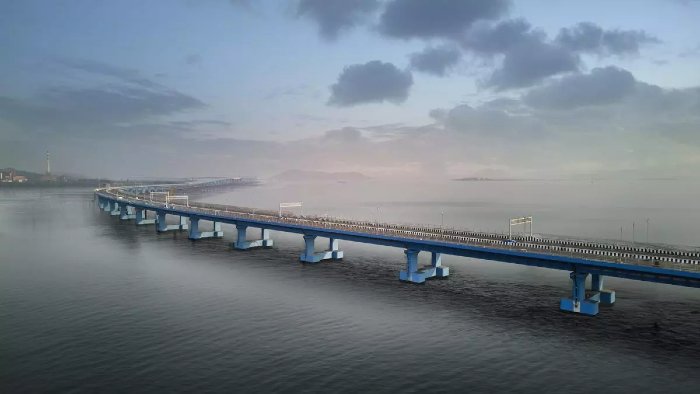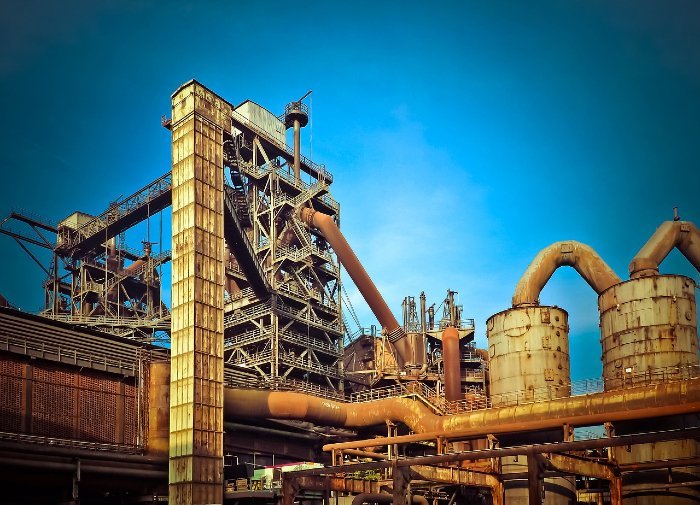This week marks the imminent launch of Atal Setu (Mumbai Trans Harbour), India’s longest sea bridge spanning 22 kilometers and connecting Mumbai to Navi Mumbai within a swift 20-minute journey. This engineering marvel, under construction since 2018, introduces pioneering materials and technology previously unseen in India.
The six-lane bridge, commencing from Sewri in South Mumbai, traverses Thane Creek, culminating at Chirle in Navi Mumbai, erected at an approximate cost of ₹17,843 crore.
Engineered for a speed of 100 km/h, accommodating 70,000 vehicles daily, the bridge comprises a 16.5 km marine section and a 5.5 km elevated road on land, leveraging advanced Japanese technology. Employing Orthotropic Steel Decks (OSD) capable of standing sans piers and facilitating seamless ship passage marks a pioneering use in the nation. Nearly 70 OSDs, a few assembled onshore at the Sewri site, were transported mid-sea and installed on the Mumbai Trans Harbour Link.
Moreover, an 8.5 km noise barrier shields the flamingos from the bridge’s traffic.
Larsen & Toubro (L&T), part of the trans harbour link’s construction, installed a 3.5-meter view barrier atop a 1.5-meter guard wall to shield Bhabha Atomic Research Centre (BARC) from public view. Additionally, noise barriers measuring 2.1 meters atop one-meter guard walls were installed on both sides at the Sewri end.
Atal Setu, fortified to withstand earthquakes, high tides, and wind pressure, boasts distinctive materials, including flow-filled epoxy-coated strands akin to those used in nuclear reactor construction. These materials promise robust corrosion protection, durability, and resilience against chloride attacks.







